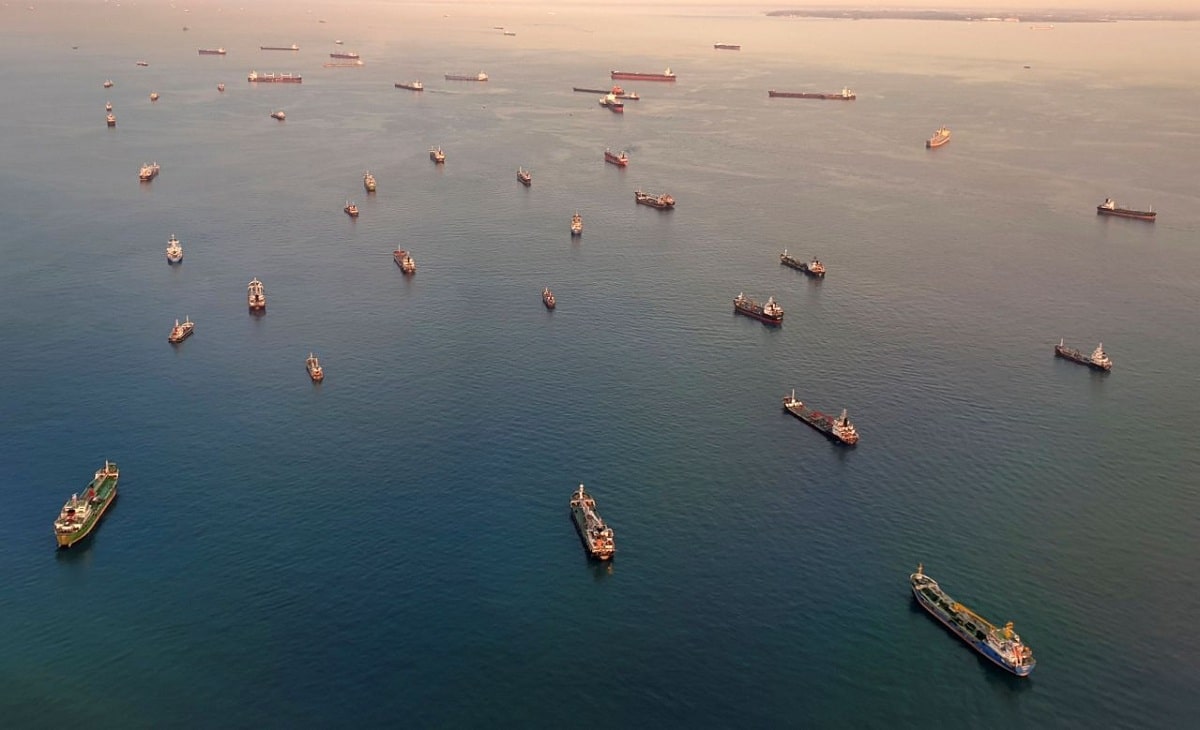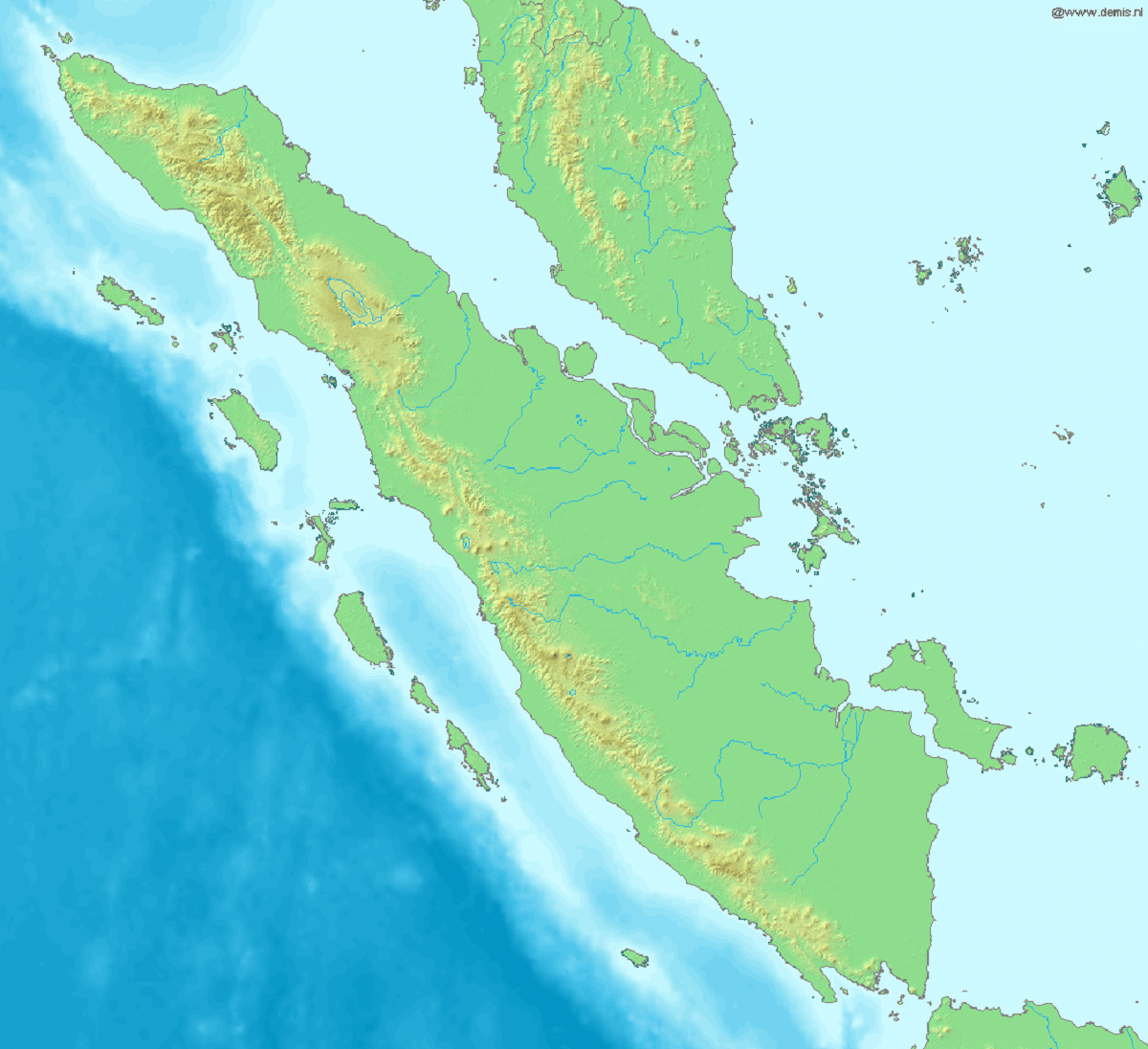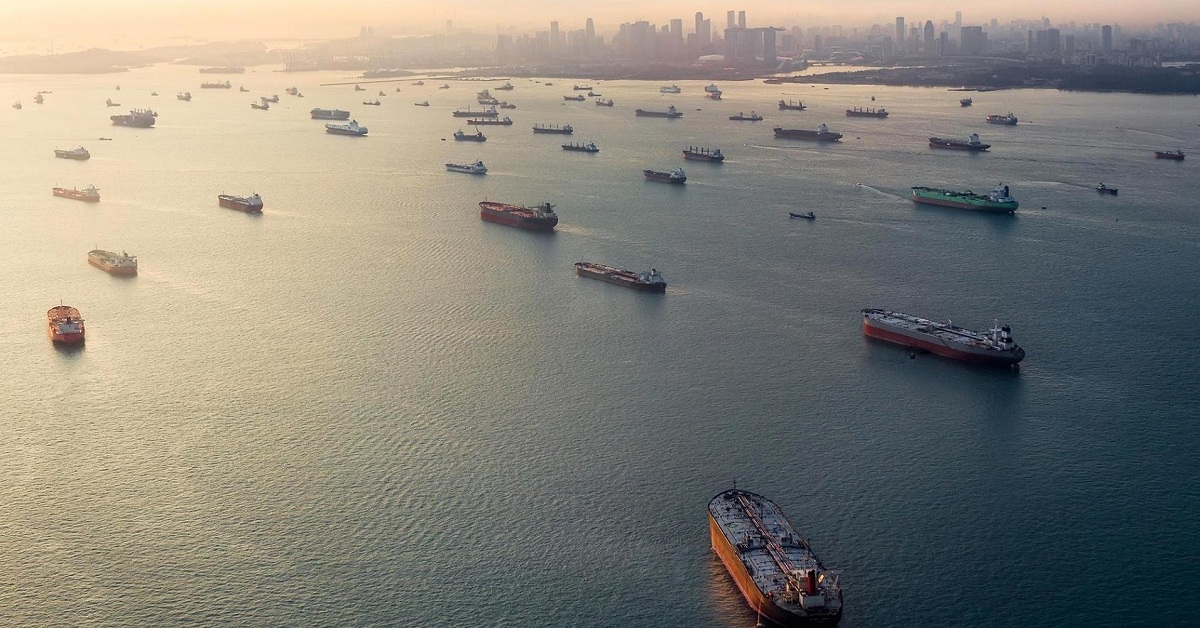
El Strait of Malacca It is the arm of the sea that connects the Andaman Sea (Indian Ocean) and the South China Sea (Pacific Ocean). It is located between the northeastern coast of the Indonesian island of Sumatra and the southwestern coast of the Malay Peninsula. It has great economic and tourist importance.
For this reason, we are going to dedicate this article to telling you everything you need to know about the Strait of Malacca, its characteristics, adjudication, climate and much more.
Strait of Malacca and its climate

The total area of the strait is about 65.000 square kilometers. It is 80 kilometers long and funnel-shaped, widest in the northwest and narrowest in the southeast, reaching a minimum width of 2,8 kilometers in what is known as Philips Strait in Singapore.
The Strait of Malacca takes its name from Malacca (formerly Malacca), an important 25th- and 30th-century trading port on the Malay coast. The southernmost point of the strait is only XNUMX-XNUMX meters deep, although the depth increases as it moves towards the Andaman Sea. Due to the large river that flows into the waters of the strait, its salinity index is low.
There are many islets in the strait, some of which are fringed by reefs and sandbanks, and the southern mouth of the strait is difficult to pass. The current in the strait always flows from southeast to northwest.
The climate of the Strait is hot and humid, affected by the northeast monsoon in winter and the southwest monsoon in summer. The average annual rainfall ranges between 1.900 and 2.500 mm. The surface temperature of the water varies between 2ºC and 31ºC, depending on the region and the season of the year.
Importance of the Strait of Malacca

Today, hundreds of thousands of containers on more than 90 ships travel through the Strait of Malacca, carrying about a quarter of the world's traded goods, including petroleum, coal, palm oil, made in China, South Korea, Japan, Taiwan, which they are vital to the economy of China and Vietnam, and precious coffee from Indonesia.
The strait is the main shipping channel between the Indian Ocean and the Pacific Ocean, connecting major Asian economies such as India, Thailand, Indonesia, Malaysia, the Philippines, Singapore, China, Japan, Taiwan, and South Korea.
To understand the geopolitical importance of the Strait of Malacca for the Chinese government, we must review the current geopolitical dynamics and economic investments in the region, as the major powers in the region have shown a particular interest in protecting the right of way.
Economy

By implementing state-owned development projects, the Chinese government has expanded its influence and control in the region. This the skepticism of some countries has not increased, especially India, one of China's biggest political opponents, which in turn controls much of the Western Strait's exports.
This undoubtedly raises concerns for the Chinese government, as the Indian navy risks blocking cargo ships carrying oil to China, threatening to stifle the Asian giant's energy and production capacity. Likewise, the Strait of Malacca has a significant military presence from the United States, China's other great political and commercial adversary.
That is why, in the context of the New Silk Road, the Chinese government has vigorously promoted initiatives such as "The Belt and Road", striving to reduce its reliance on narrow routes.
Some of the projects undertaken to avoid possible threats from India are the economic corridor between Pakistan and China, one of the fundamental axes of the land section of the new Silk Road. The corridor, which includes the Karakoram Highway, multiple railways, seven dry ports and the construction of nine special economic zones, will allow Chinese manufacturers to access the Indian Ocean without passing through India's sphere of influence. Similarly, the port construction projects carried out by the Chinese government in Sri Lanka have the same geostrategic goals.
Another interesting project from a geostrategic point of view is the Kra Canal in Thailand, which will reduce the time and cost of transporting Chinese imports and exports. In addition, the project will alleviate the volume of cargo passing through the Strait of Malacca, which represents 70% of its total capacity.
Navigation
As the main natural shipping lane between the Indian Ocean and the South China Sea, the Strait of Malacca has historically been the shortest shipping lane between India and China, and thus one of the busiest shipping lanes in the world.
Due to its strategic importance, the Strait has historically been controlled by Arabs, Portuguese, Dutch and British. Singapore is one of the most important ports in the world, located at the southern end of the strait. It is estimated that more than 50.000 cargo ships pass through the strait each year, and a fifth of the world's oil is transported by sea.
Physical Characteristics of the Strait of Malacca
The physical characteristics of the Strait of Malacca, especially the shallowness of its waters, are major obstacles to navigation. For this reason, ships with overdraft they cannot pass through the area and are diverted to the Lombok Strait in Indonesia. The constant concentration of ships in the strait and certain security problems in navigation related to piracy have prompted the investigation of alternative routes, such as the Kra Isthmus in Thailand (photo above left), which means drilling a channel that links the Andaman Sea and the Gulf of Thailand.
The Strait of Malacca is about 900 kilometers long, funnel-shaped, only 65 kilometers wide in the south, and stretches about 250 kilometers to the north between Sumatra and the Kra Isthmus. In some places, the width of the Strait of Malacca is less than 3 kilometers.
I hope that with this information you can learn more about the Strait of Malacca and its characteristics.
I consider this article to be of great historical and geographical value. Greetings